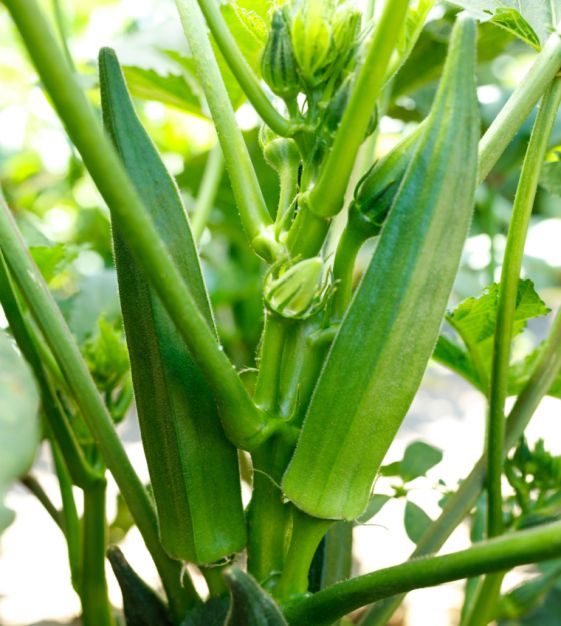Jambalaya Okra
New! 50-55 days. Okra can be a space-hog, which makes Jambalaya such a welcome choice. It's ultra-productive and extra-early-maturing, the compact, small-leaved plants producing tender green pods at just 1' to 2' tall, and continuing as they grow up to 5'. (F1.)
One packet of about 40 seeds
- Buy 10 for $4.90 each and save 10%
- Buy 50 for $4.10 each and save 25%
- Information
Average seed life: 2 years.
Average seed life: 2 years.




